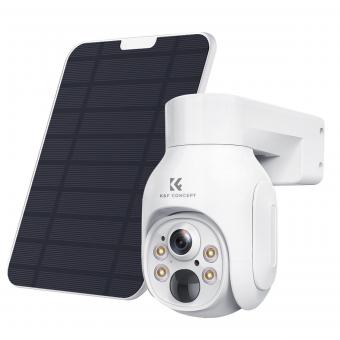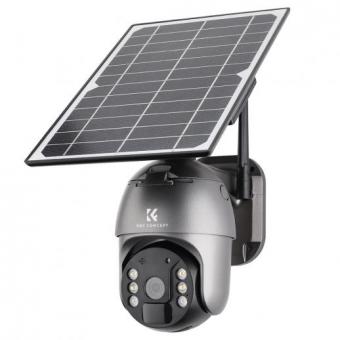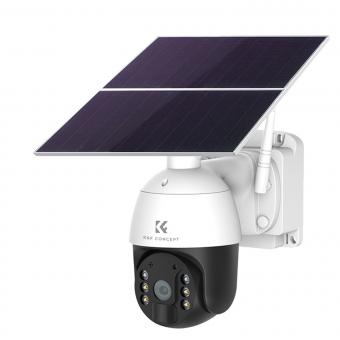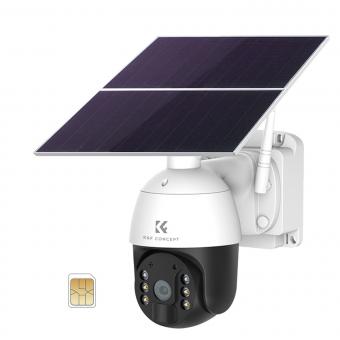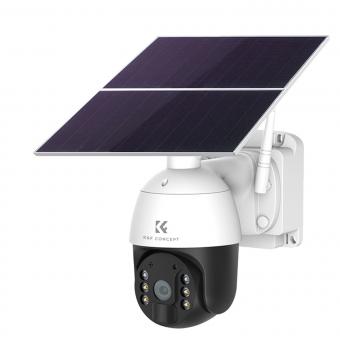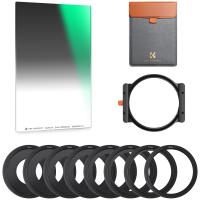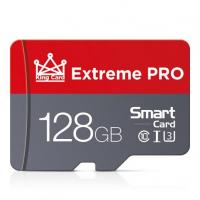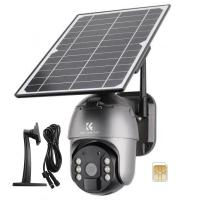What Are Solar Panels?
As the world moves toward sustainable energy solutions, solar panels have become an increasingly popular topic of conversation, research, and investment. They represent a key technology in the global shift toward renewable energy sources. In this article, we'll undertake a comprehensive exploration of what solar panels are, how they work, their benefits, types, installation processes, maintenance, and future prospects. This holistic approach aims to answer practical questions for individuals and businesses considering adopting this technology.

Understanding Solar Panels
Solar panels, also known as photovoltaic (PV) panels, are devices that convert sunlight directly into electricity. They consist of multiple solar cells made of semiconductor materials, typically silicon. When sunlight hits these cells, it excites the electrons in the semiconductor, creating an electrical current. This process is known as the photovoltaic effect.
The primary components of a solar panel system include the solar cells, inverter, battery storage (optional), and mounting equipment. Solar cells are grouped into panels, and these panels can be installed on rooftops, open land, or integrated into building designs.
How Solar Panels Work
The workings of a solar panel can be broken down into five key steps:
1. Photon Absorption: When sunlight, composed of particles called photons, strikes the surface of a solar cell, the energy from the photons is absorbed by the cell.
2. Electron Excitation: The absorbed energy excites electrons, knocking them loose from their atoms. This creates free electrons in motion.
3. Electric Field Creation: Within the solar cell, there are typically two layers of silicon—an n-type (negative) layer and a p-type (positive) layer. The electric field formed at the junction of these layers compels the free electrons to move towards the n-type layer, creating an electric current.
4. Current Flow: Metal contacts on the top and bottom of the cell capture this current, directing it through an external circuit, thus producing usable electric power.
5. Energy Conversion: The direct current (DC) generated is then converted to alternating current (AC) by an inverter, making it compatible with standard electrical appliances and the grid.
Benefits of Solar Panels
Solar panels offer numerous advantages across various domains:
1. Environmental Impact: Solar energy is a clean, renewable resource that reduces greenhouse gas emissions and dependence on fossil fuels, minimizing the carbon footprint.
2. Economic Benefits: Although the initial investment can be significant, solar panels can drastically reduce electricity bills. In some regions, excess energy produced can be sold back to the grid, generating additional income.
3. Energy Independence: Solar panels allow individuals and businesses to generate their own electricity, reducing reliance on grid power and enhancing energy security.
4. Low Maintenance Costs: With minimal moving parts, solar panels require relatively low maintenance. Regular cleaning and periodic inspections are generally sufficient.
5. Technological Advancements: Innovations in solar technology continue to improve efficiency and reduce costs, making solar panels more accessible to a broader audience.
Types of Solar Panels
Solar panels are primarily classified into three types based on their material and construction:
1. Monocrystalline Solar Panels: Made from single-crystal silicon, these panels are known for their high efficiency and longer lifespan. They are more expensive but offer superior performance in limited space.
2. Polycrystalline Solar Panels: Composed of multiple silicon crystals, these panels are less expensive and simpler to produce but are slightly less efficient than monocrystalline panels.
3. Thin-Film Solar Panels: Created by depositing one or more layers of photovoltaic material onto a substrate, these panels are lightweight and flexible. They are less efficient but can be more cost-effective for large-scale installations.
Installation Process
Installing solar panels involves several key steps:
1. Site Assessment: A thorough evaluation of the location is conducted to determine solar potential, including sunlight exposure, roof condition, and shading.
2. System Design: Based on the site assessment, a customized solar panel system is designed to meet the specific energy needs of the user.
3. Permitting and Approvals: Obtaining necessary permits and approvals from local authorities and utility companies is crucial to ensure compliance with regulations.
4. Installation: Professional installers mount the panels, connect the system components (inverter, batteries, etc.), and integrate it with the electrical grid.
5. Inspection and Commissioning: The installed system undergoes inspections to verify safety and performance before being commissioned for use.
Maintenance and Upkeep
While solar panels require minimal maintenance, some regular practices help ensure optimal performance:
1. Cleaning: Dust, dirt, and debris can accumulate on solar panels, affecting efficiency. Periodic cleaning, especially in areas with significant air pollution or limited rainfall, helps maintain performance.
2. Inspecting Connections: Regular inspections of electrical connections, mounting hardware, and other system components ensure longevity and safety.
3. Monitoring Performance: Utilizing monitoring systems to track the performance of solar panels helps identify issues promptly and facilitates timely interventions.
Future Prospects
The future of solar panels is promising, driven by continual innovations, falling costs, and increasing adoption. Key trends shaping the future of solar energy include:
1. Efficiency Improvements: Advances in materials and manufacturing processes are leading to higher efficiency solar cells, making solar energy more viable even in less sunny regions.
2. Energy Storage Integration: Combining solar panels with efficient energy storage solutions, like advanced batteries, ensures a reliable power supply even during periods of low sunlight.
3. Building-Integrated Photovoltaics (BIPV): The integration of solar cells into building materials like windows, roofs, and facades opens up new possibilities for seamless integration of solar energy into urban environments.
4. Grid Modernization: Smart grids and improved grid management techniques accommodate the variable nature of solar power, enhancing stability and efficiency.
5. Policy and Incentives: Government policies, subsidies, and incentives continue to play a significant role in promoting the adoption of solar technology globally.
Solar panels represent a pivotal technology in the transition to sustainable energy sources. Understanding their operation, benefits, types, installation, and maintenance provides valuable insights for potential adopters. With continuous advancements and growing support from both technological and regulatory fronts, solar panels are set to play an increasingly significant role in the global energy landscape. Whether you're a homeowner, business owner, or policy maker, embracing solar energy can lead to substantial economic and environmental benefits, laying the foundation for a greener and more sustainable future.




